Residence / Tour > State Gallery
Main information:
Würzburg Residence
State Gallery (Rooms 23-29)
Emanating from Tiepolo’s work in Würzburg the branch gallery of the Bavarian State Painting Collections, housed in these rooms, is devoted to the great centuries of Venetian painting.
In addition to Titian and Tintoretto, Paolo Veronese considerably influenced the Golden Age of painting in Venice in the 16th century. Two series of pictures in particular, executed by his workshop, recall the metropolis’ long tradition as a centre of art and trade.
Works by Palma il Giovane and the Bassani, who were among the leading masters in the following generation of artists, document the continuity of this period of artistic prosperity into the 17th century. The devotional and history paintings, allegories and portraits exhibited provide an insight into the social, political and religious life in the city on the lagoon. Two unusual paintings of scenes by Joseph Heintz the Younger depict Venice as a city of festivals and amusement as well.
At the centre of the presentation in the former theatre of the Residence are the allegories of the virtues from Veronese’s workshop that face the altarpiece painted by Giovanni Domenico Tiepolo in 1754 for Münsterschwarzach Abbey. This juxtaposition gives some idea of how deeply the work of the Venetian masters of the Late Baroque was rooted in the style of the High Renaissance in their native city. Giovanni Battista Tiepolo was revered as the ‘new Veronese’ by his contemporaries. At first glance his painting evokes the former glory of Venice. The depiction of the ambassadors’ reception by Luca Carlevarijs is an exemplary documentation of how the city’s elite, with their passion for grandeur, denied the loss of Venice’s economic and political power.
Amigoni, Piazzetta, Pittoni and the two Tiepolos staged their pictorial narratives with intelligence and humour, the generous use of light and bold colours. Their works in the second section of the gallery bear witness to the dominance of Venetian painting in the 18th century throughout Europe. Other than their predecessors, these master painters seldom created works for the palaces and churches of their native city. They placed themselves at the service of European princes with great success and their elegant, decorative works soon embellished numerous palaces north of the Alps.
© Text and pictures: Bayerische Staatsgemäldesammlungen, Munich
Here you can find information about the State Galleries in Bavaria (Website of the Bayerische Staatsgemäldesammlungen).

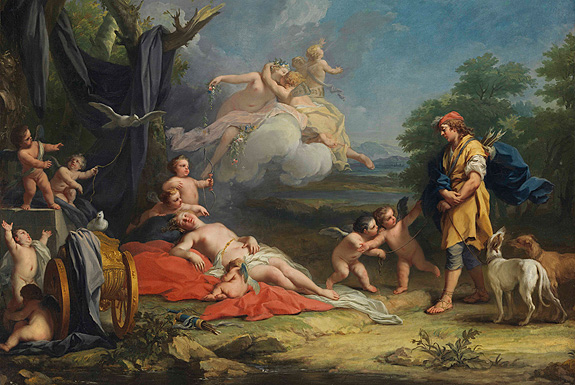
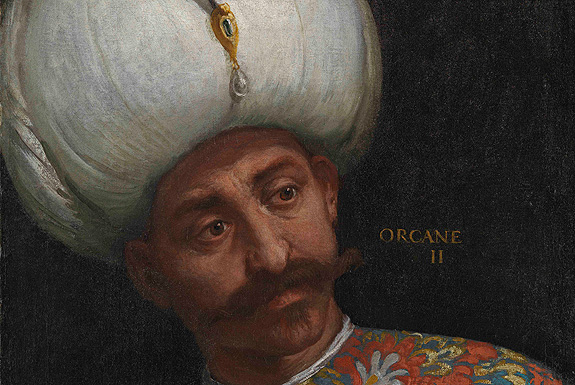
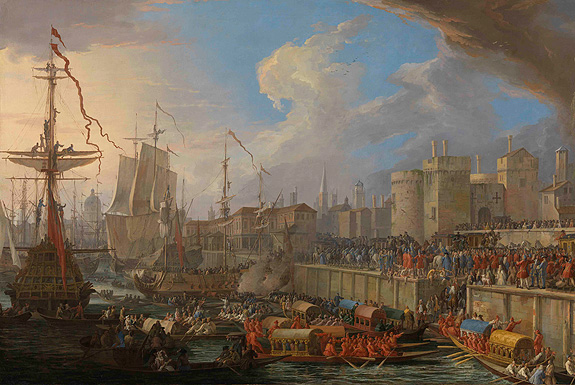
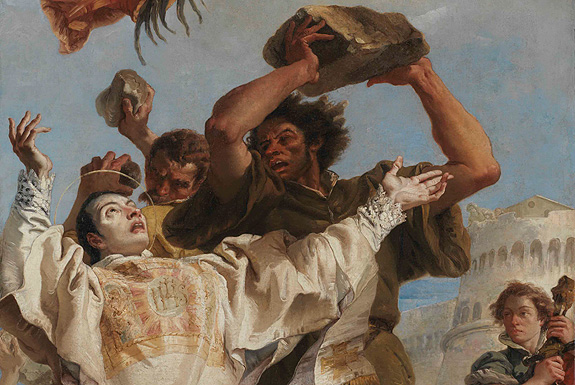
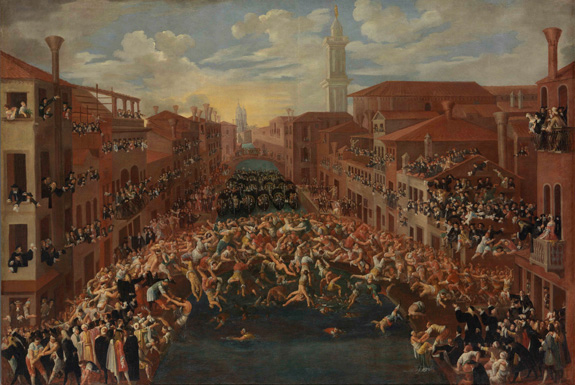


Facebook Instagram YouTube